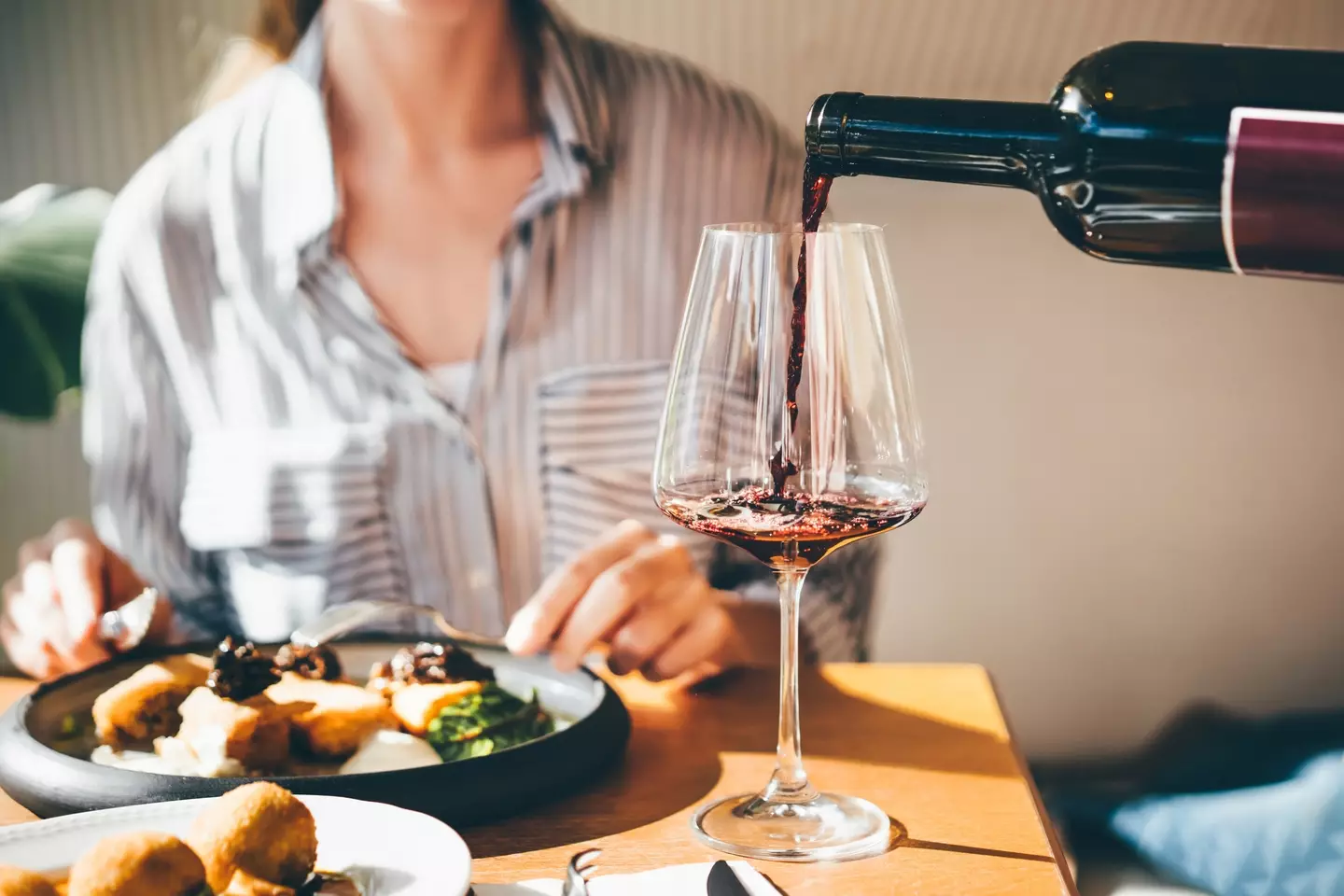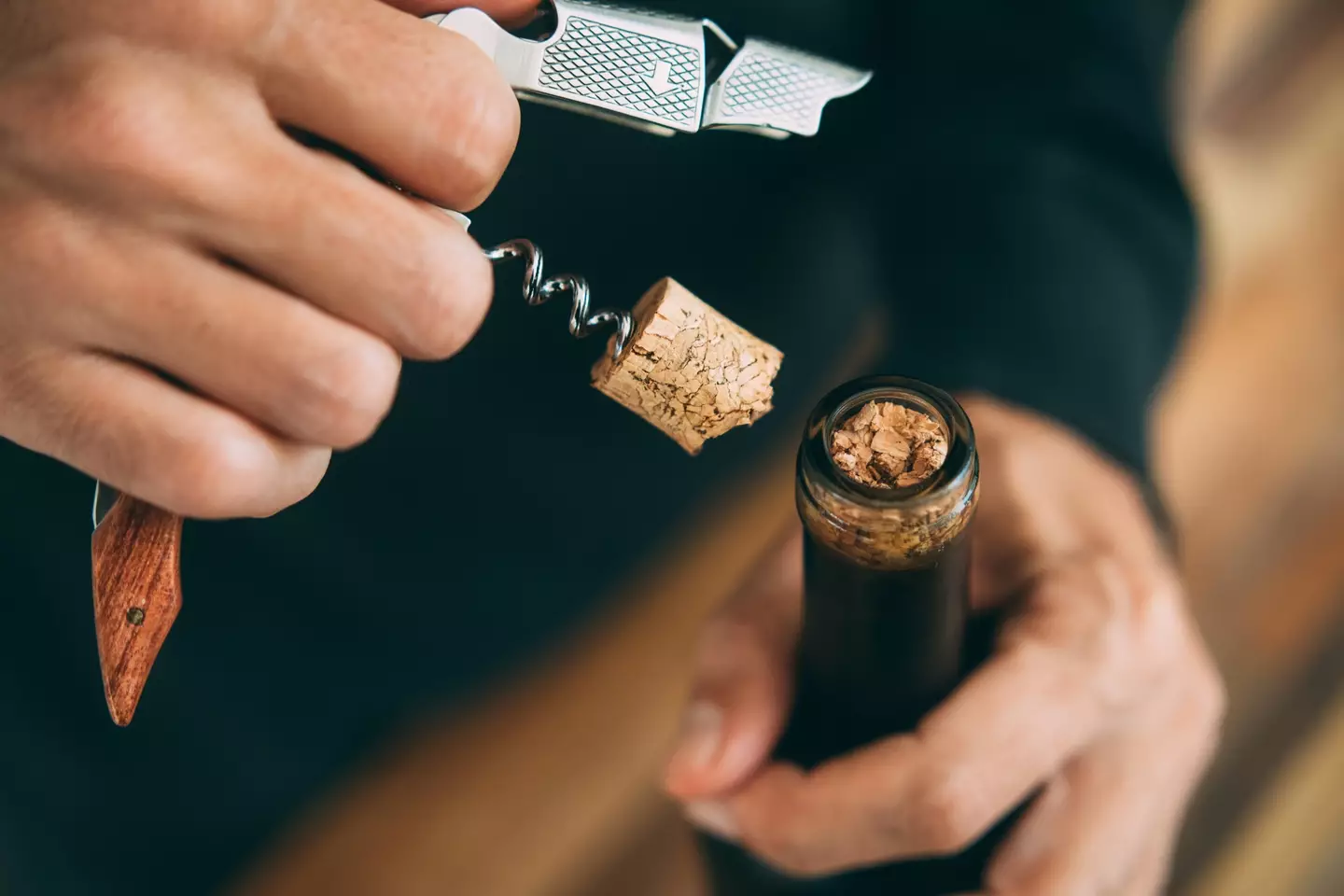
Unlike a can of beer or cider to take the edge off after a day at work, a bottle of wine is a bit more of a commitment.
Not in the sense that you need to finish the whole thing in one sitting, of course. It’s more about the risk of your wine spoiling before you get round to finishing it.
Some will happily polish off a bottle of wine in one go, but it’s thoroughly not recommended by health professionals.
The NHS recommends consuming no more than 14 units of alcohol per week, with those units ideally spread over three or more days. A bottle of wine contains around nine or 10 units alone, so polishing one off in one go is a big no-no as far the NHS is concerned.
Advert

So, if you’re a responsible boozer and you aren’t sharing the bottle, you’re going to have to put the opened bottle away for another time. As soon as you open one, however, the wine comes into contact with oxygen.
The result is oxidation, and it’s the reason why an open bottle of wine starts to taste more vinegary as the days, or even hours, go by.
White wine is best stored in a fridge after it’s been opened, with the cool temperature slowing down the oxidation, and there’s no drama there considering white wine is at it’s best when chilled.
Advert
Red wine, however, is generally best at a more ambient temperature. If that’s your preference, keeping an open bottle of red in the fridge might not appeal.
With that in mind, how can you slow down the oxidation rate with your open red?
An answer comes courtesy of Warner, an Instagramming sommelier who knows a thing or two about a good bottle of plonk.
In her video from May this year, Warner shows a half-empty bottle of red and points out the amount of empty space that’s full of oxidising air. “What you want to do is reduce the amount of oxygen to wine ratio,” she says, pointing out that putting the cork back in won’t help much.
Advert
Not only is the oxygen in the bottle going nowhere, but corks are porous and so they can let more oxygen in. This is why corked bottles are often sealed with wax or plastic, and it’s also why it’s recommended that unopened wine is stored horizontally.

By keeping the cork moist, it limits how much oxygen can seep through it.
Instead, Warner recommends taking an empty jam jar or similar and decanting leftover wine into it. With her own demo, she shows her leftover wine – handily of a volume that fits perfectly in her jar – and the much smaller amount of empty space that’s full of air.
Advert
By cutting back on the amount of air the wine is exposed to, the decanted solution slows down the oxidation rate and keeps it tasting good for longer.
